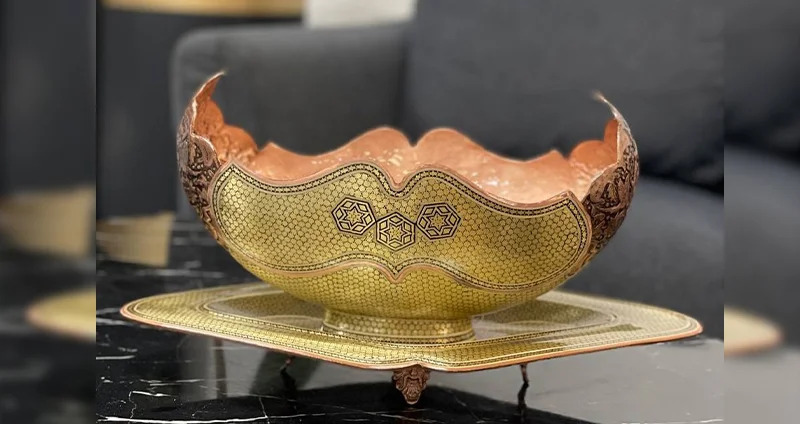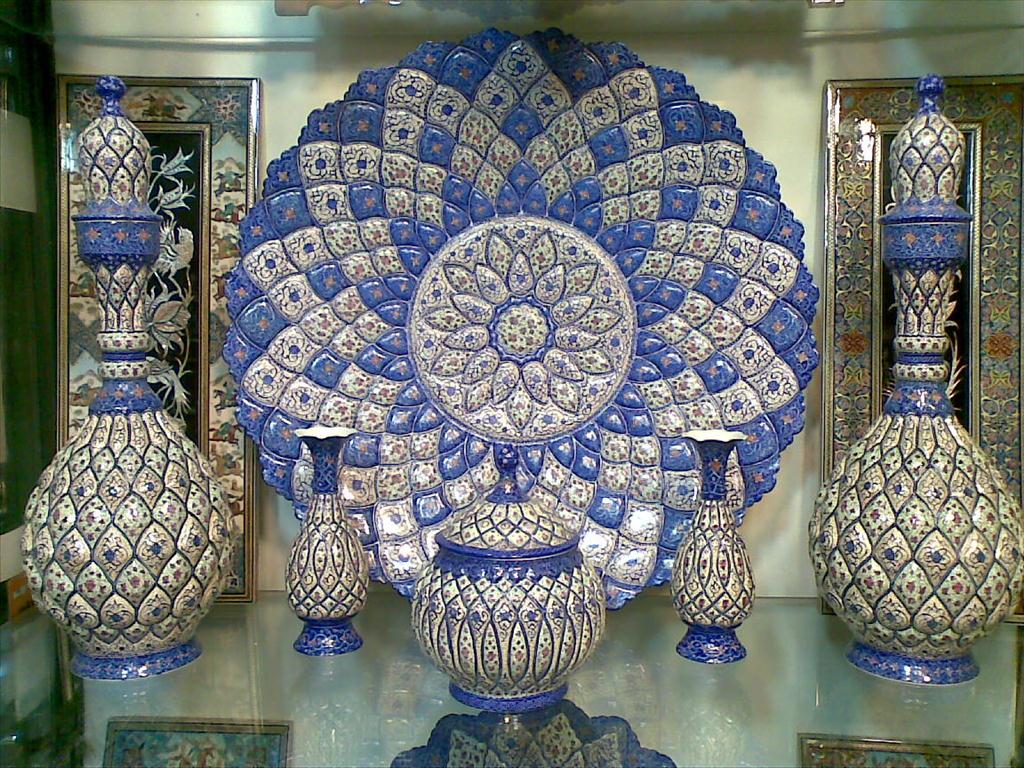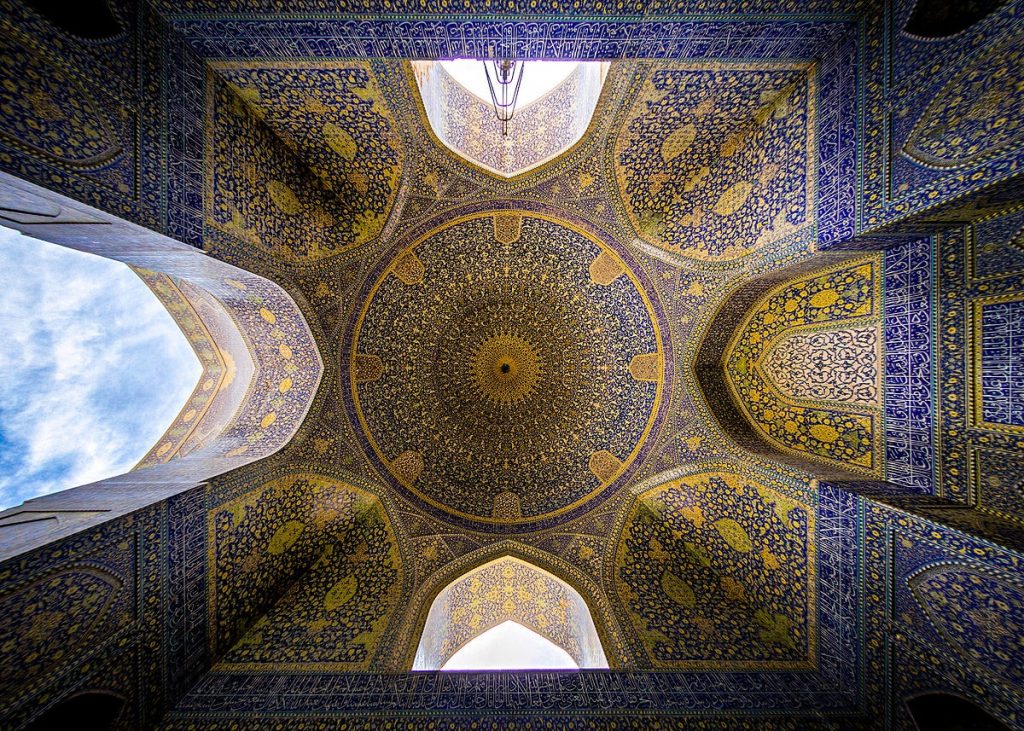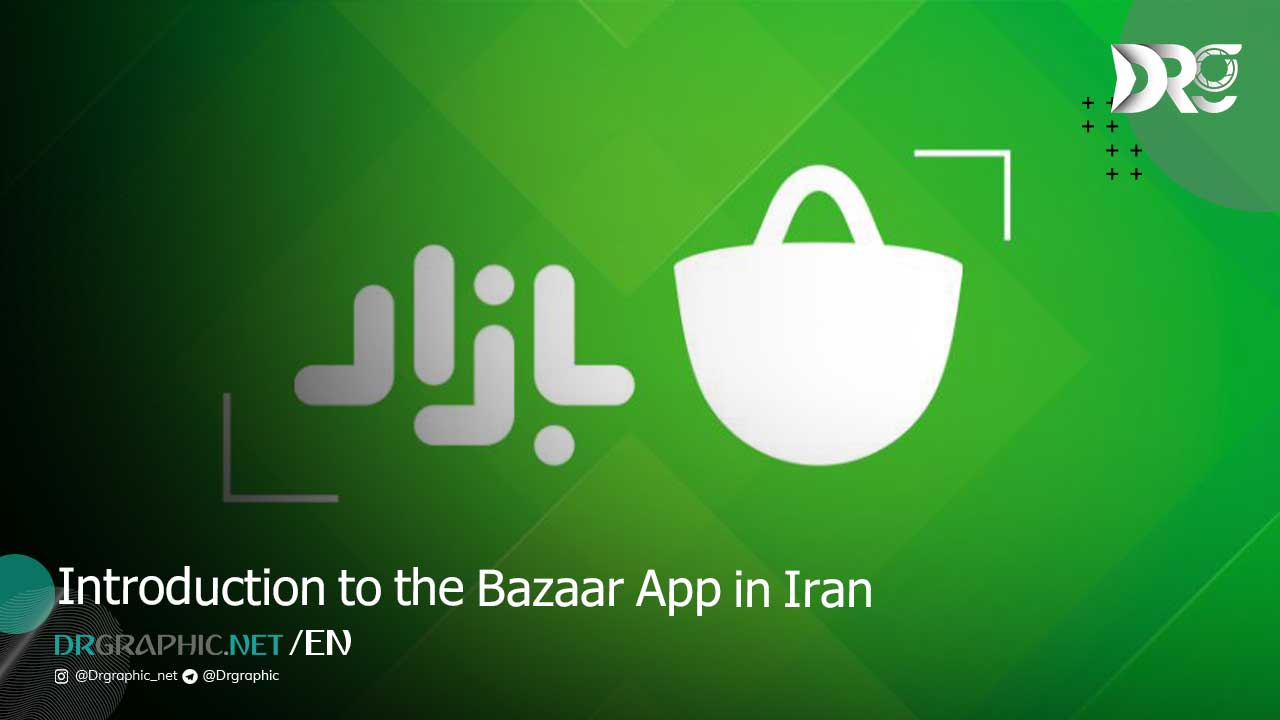Iran is renowned for its rich cultural heritage and long history of craftsmanship, and one of the most celebrated traditional arts in the country is inlay or “Khatam”. Inlay refers to the intricate art of embedding small pieces of various materials, such as wood, metal, and ivory, into the surface of a base material to create stunning decorative patterns. This traditional craft has not only played a significant role in Iranian art and architecture but has also gained international recognition for its exquisite detail and artistic merit. The Iranian inlay industry is a testament to the skill, patience, and creativity of Iranian artisans who continue to preserve and evolve this art form.
In this article from Dr.Graphic, we will explore the history of Iranian inlay, the materials and techniques involved, and the contemporary status of this vibrant industry.
History and Origins of Iranian Inlay
The origins of inlay can be traced back to ancient Persia, where it was used to decorate objects of daily use, religious artifacts, and royal palaces. The craft was highly regarded in the Safavid dynasty (16th-18th centuries), which marked a golden age for Persian art and architecture. During this period, inlay work flourished, and it became a hallmark of luxury and craftsmanship. In fact, many historical buildings, such as mosques and palaces, showcase intricate inlay work that demonstrates the expertise and artistic vision of the craftsmen.
Inlay was initially used on a variety of objects, including wooden furniture, boxes, and even weapons. The technique was often employed to embellish objects with elaborate geometric patterns, floral motifs, and symbolic designs, reflecting the rich artistic traditions of the time.
Materials Used in Iranian Inlay
The materials used in Iranian inlay work vary depending on the desired effect and the item being decorated. Some of the most common materials used in traditional inlaying include:
Wood
Wood, particularly walnut, is one of the most popular materials used in Iranian inlay. It is often the base material for creating furniture, frames, and decorative items. The grain of the wood adds depth and texture to the finished piece, providing a natural backdrop for the inlay design.
Metal
Metal inlays, such as brass, copper, and gold, are frequently used to create intricate designs on wooden surfaces. These metals not only add beauty but also lend a sense of sophistication to the piece.
Ivory
Although less common today due to ethical concerns, ivory was once a prized material used in inlay work. Its smooth, pale appearance made it an ideal material for creating delicate, detailed patterns.
Mother of Pearl
Mother of pearl, or “shell inlay,” is a prominent feature of Iranian inlay art. Its iridescent quality adds a unique, luminous effect to the design. It is commonly used in combination with other materials to create contrast and highlight the patterns.
Glass and Gemstones
Glass inlays, along with precious gemstones like turquoise and lapis lazuli, are sometimes used to add color and brilliance to the inlay designs, making them even more striking and valuable.
Techniques in Iranian Inlay Work
The process of creating inlay designs is labor-intensive and requires great skill. Here’s an overview of the key techniques involved:
Preparation of the Base Material – The base material, usually wood, is carefully selected and prepared. It is shaped, sanded, and smoothed to create a perfect surface for the inlay. Any imperfections are removed to ensure a flawless finish.
Designing the Pattern – Once the surface is ready, the artisan creates a design. The design can be geometric, floral, or abstract, depending on the type of object being decorated. This design is carefully drawn or traced onto the surface of the base material.
Cutting and Shaping the Inlay Pieces – The inlay pieces, whether they are metal, wood, or mother of pearl, are carefully cut and shaped to fit precisely into the pattern. The materials are often sliced into thin sheets, which are then carefully inlaid into the base material.
Inlaying the Pieces – The artisan places the cut pieces into the designated spaces in the design, ensuring a perfect fit. The pieces are then secured using glue or other adhesives, and any gaps are filled to create a seamless surface.
Polishing and Finishing – After the inlay work is completed, the piece is polished to a high shine. The polishing process highlights the contrast between the different materials and gives the piece its final luster.
The Significance of Iranian Inlay in Contemporary Art and Culture
Inlay continues to play a prominent role in Iranian culture and is still widely practiced by artisans throughout the country. Today, inlay work is found not only in traditional crafts such as furniture, trays, and boxes but also in more modern applications, including home decor, jewelry, and even musical instruments. Contemporary Iranian artists are incorporating inlay techniques into their designs, blending traditional craftsmanship with modern aesthetics.
One of the key aspects of Iranian inlay is its ability to tell a story. The motifs and patterns used in inlay often carry deep symbolic meanings, representing themes such as nature, spirituality, and Persian history. As such, inlay work is not just a decorative art; it is a way of preserving and conveying Iranian culture and heritage.
Challenges and Opportunities for the Iranian Inlay Industry
Despite its rich tradition, the Iranian inlay industry faces several challenges. One of the primary challenges is the high cost and time-consuming nature of producing inlaid pieces. Because the craft requires immense skill and patience, the prices of inlay products can be quite high, which limits their accessibility for the average consumer.
Another challenge is the competition from mass-produced, machine-made goods that mimic the look of traditional inlay but lack the authenticity and craftsmanship of handmade pieces. However, the increasing global interest in Persian art and craftsmanship presents opportunities for Iranian inlay artisans to expand their reach and tap into international markets.
By leveraging modern marketing techniques and embracing innovation, the Iranian inlay industry has the potential to thrive in both domestic and global markets. Efforts to preserve the traditional craft while adapting to contemporary trends can ensure that this ancient art form continues to be appreciated for generations to come.
Read more;
Conclusion
The Iranian inlay industry is a testament to the country’s rich artistic heritage and the skill of its artisans. From its ancient origins to its modern-day applications, inlay continues to play a vital role in Iranian art and culture. The intricate designs and use of various materials make inlay work a truly unique and valuable craft. As the industry evolves, there are numerous opportunities for Iranian inlay to gain further recognition on the global stage, allowing future generations to enjoy and appreciate this beautiful and enduring art form.
Resources: Wikipedia _ ISNA
How useful was this post?
Click on a star to rate it!
Average rating 0 / 5. Vote count: 0
No votes so far! Be the first to rate this post.










